Macro to Micro Volatility Trading
$5.47
| Author(s) | |
|---|---|
| Format |
|
| Pages |
240 |
| Publication Year |
2011 |
Macro to Micro Volatility Trading contains savvy trading strategy and methodology to help understand how and why volatility and standard deviations are connected. In addition, Macro to Micro Volatility Trading details how common perceptions of standard deviations and the “shape” of distributions may be misunderstood within the ever-changing dynamic paradigm of real markets and trading. See how dynamic probability is a leading indicator within markets, not a static measurement of risk.
Introduction:
Welcome to Macro to Micro, Strategy Guide for Intraday | Swing Traders, one of the most powerful tools in your larger trading repertoire. In principal, the pages you are now reading surfaced only after hundreds of hours of educational Webinars and nearly as many hours answering emails from readers, subscribers, and conversations with real traders, just like you. One of the most common “unclear areas” of trading and markets that seems to plague so many traders is simply a deep understanding of how to determine trend on both short and long-term timeframes. Have you ever been in a trade, looking at a five, fifteen, or thirty minute chart, when suddenly your position starts moving in the opposite direction?
Likely, yes, it happens to all of us eventually. However, have you ever been in the aforementioned situation, only to click out to a 4-hour, daily, or weekly chart, to suddenly discover, your short-term trade is going against the larger trend? Moreover, have you ever had a solid understanding of the longer-term trend, but just couldn’t seem to figure out what the short-term trend was? Even more frustrating, have you ever known what the long-term trend was, and spotted the short-term trend too, but just couldn’t see exactly where to time a short-term entry within the chaos? The fundamental question here is: How can one ever see the forest, if they are stuck in the trees?
Macro to Micro is not a “fancy pants” indicator, nor is it a red line crosses blue line system… What Macro to Micro is… A real trading methodology, market understanding, strategic positioning, and even better… Actually usable in all markets, in real time, over the long haul. As you’re about to see, Macro to Micro is one of the most powerful trading strategies anyone (retail investors and traders…and even the pros!) can utilize to make money with…
Macro to Micro is a simple, easy to understand “macro down” market analysis tool that allows traders to identify larger points of high probability within the broader market. What’s more, Macro to Micro helps traders identify larger trends, while zeroing in on short-term pivots to effectively and accurately time intraday and swingtrading entries, both short and long. Macro to Micro can be used for individual securities, indices, currencies, futures, and commodities. Macro to Micro can be used with broader index and sector movements (for stocks), and even fundamental analysis too.
Macro to Micro is a methodology, where one analyzes larger timeframes first, moving down into intraday charts to unearth possible trading opportunities at hand. The overall methodology and strategy behind Macro to Micro is used by many professional traders, though many may not even know it directly. However, for professional traders to survive, virtually all must have a macro down understanding of markets and the individual components they are trading. Many professional traders just intuitively know Macro to Micro; virtually all know it and use it in some form or another.
Contents:
- The Nuts and Bolts of Macro to Micro
- Rethinking the Mean
- Clarifying Distributions
- Dynamic Volatility via Standard Deviations
- Reshaping Standard Perceptions
- Why the Containment Zone is so Important
- Macro to Micro
- The Reality Adjustment
- Short-Term Timing in the Larger Picture
- Pulling it All Together
Macro to Micro Volatility Trading By Mark Whistler pdf Strategy Guide for Intraday & Swing Traders Forex | Stocks | Futures
6 reviews for Macro to Micro Volatility Trading
Clear filtersOnly logged in customers who have purchased this product may leave a review.



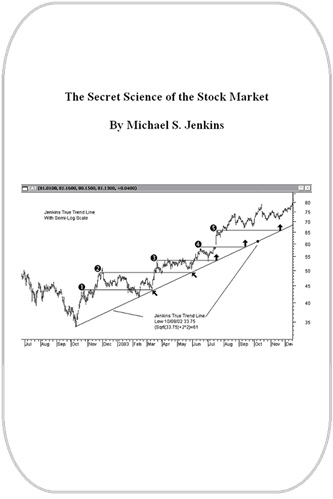
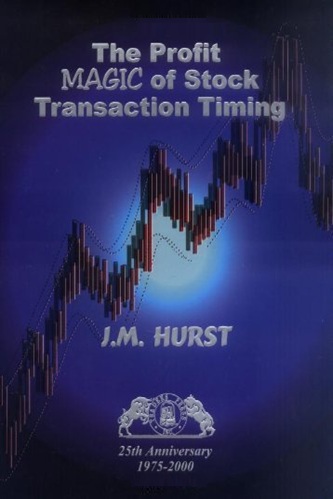
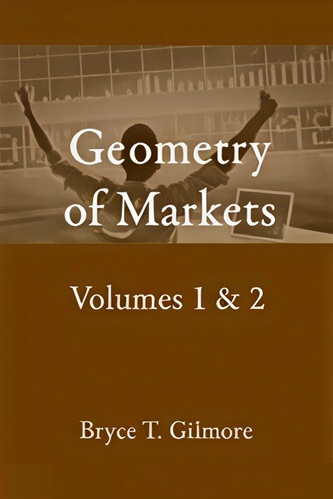
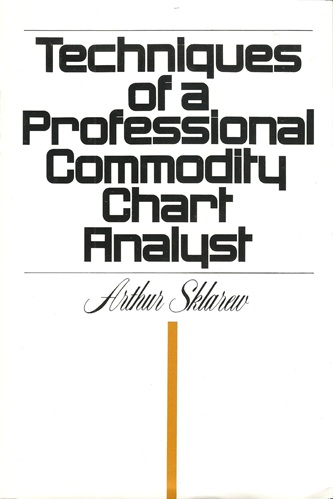
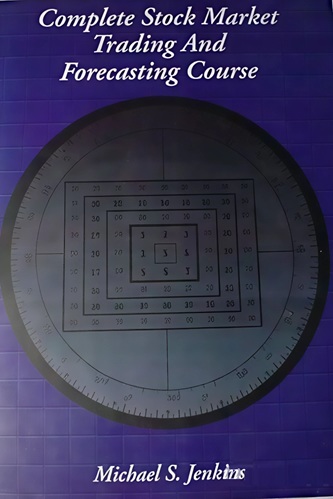

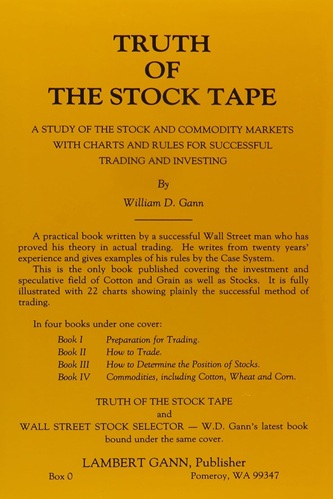
Anaya Moreno (verified owner) –
Mark Whistler really seems to be the good guy in the “information war” around trading in the 21st century.
Thank you for the insights I gained through this read.
Mccoy Fletcher (verified owner) –
When I look at the description for this book, it says that there are 418 printed pages, but when I look at the Kindle book the End Notes start on 79. I’m not seeing the Figures that are referenced in the book. Having a book with no figures makes this very hard to understand what the author is trying to convey.
I finally found some figures.
That said, the ideas inside are very, very intriguing. I just wish there was more.
Myles Whitney (verified owner) –
Hi, this body of work begins where volatility illuminated left off. Overall impressions are good. This is interesting work. You’ll find interesting ideas in each chapter. Unfortunately, the style of writing is wordy, off point. It is not easy to read through the tangents
Alaia Stanley (verified owner) –
I have been so impressed with the work of Mark Whistler. Like lots of people reading this I have read lots of books on trading, finance, economics and the like. What you start to find after a while is that they are often just revisions of very similar material. I believe this book to be different.
A superficial view may suggest that looking at volatility will end in a recap of John Bollinger’s work – but it’s not the case here at all. The concept of the ‘containment zone’ will allow you a fresh view of where price stands over different time frames relative to the mean and determine quickly how much push there is from the market driving it along. On Bollinger though, I think that this guide actually reinforces a lot of what he said but has been forgotten over time as more people make a quick and flawed assessment of the Bollinger Bands. This book will give you something new.
Especially for those people who prefer a little bit of ‘quant’ with their technical analysis this is a good book. This isn’t saying that it’s maths heavy (it’s quite readable) but instead that it is grounded in distribution and probability which makes for something that feels very grounded in reality.
Lastly, I think you will end up with a book that you can apply to the market – any market. What’s also good is that no matter how rudimentary your chart package, as long as you can add multiple standard deviation / volatility bands (Bollinger Bands) and change the timeframes around you will have all you need. If nothing else I think you will find this a refreshing perspective on trading particularly if you have been a little bored with your recent reads.
Madalynn Frye (verified owner) –
This book made me think, rethink and reassess the technical tools that I use in trading. It seems that I thought along similar lines, but somehow just couldn’t explain why it was valid. Whistler gave me the rationale.
The concept that a BBand with a 1.25 standard deviation acts as a containment field for more than just the mean now appears novel as a viewpoint, at least to me. Furthermore, the idea that the mean is the outlier was a revelation.
I especially learned to use CCI instead of another BBand that clutters a chart.
The book clearly explains why a trend that clings to an outer band is an agreement on value, while a reversion to the mean is a time of revaluation and uncertainty. Again, a novel viewpoint apart from the norm of most trading books. Written well and clear.
Franco Graham (verified owner) –
This is not your average book for retail traders as this guy is apparently an institutional level investor with some seriously brilliant information to share. I wonder what happened to the author. All of his references are dated and none of his websites are still active. I hope he’s OK.